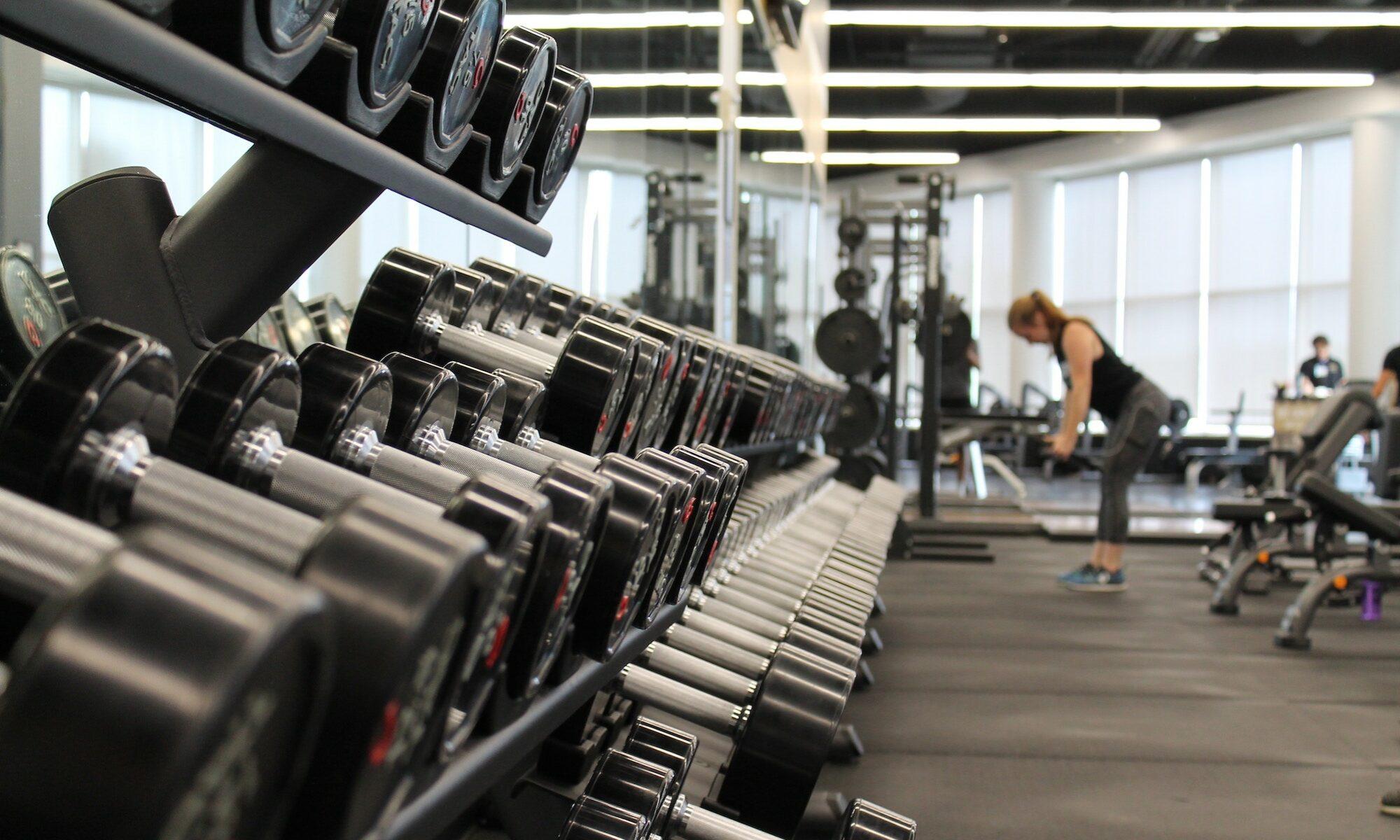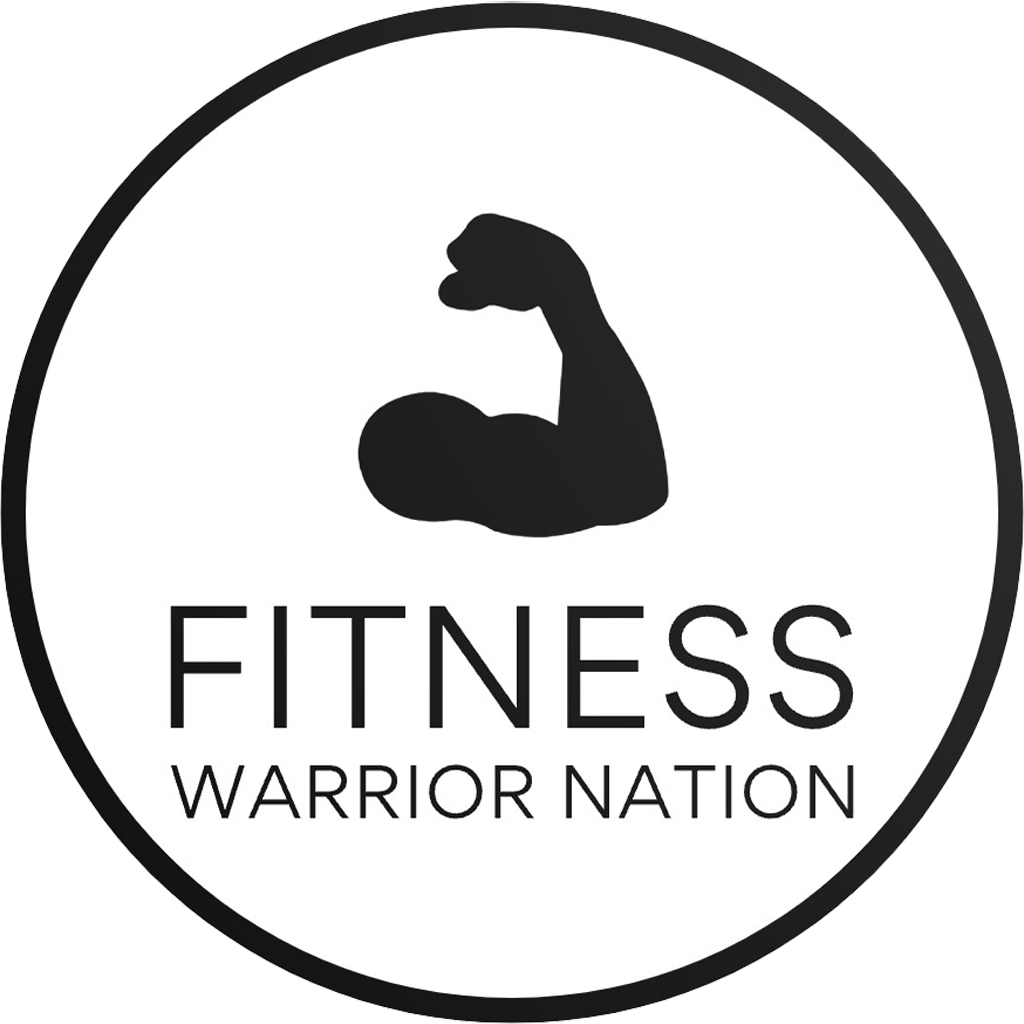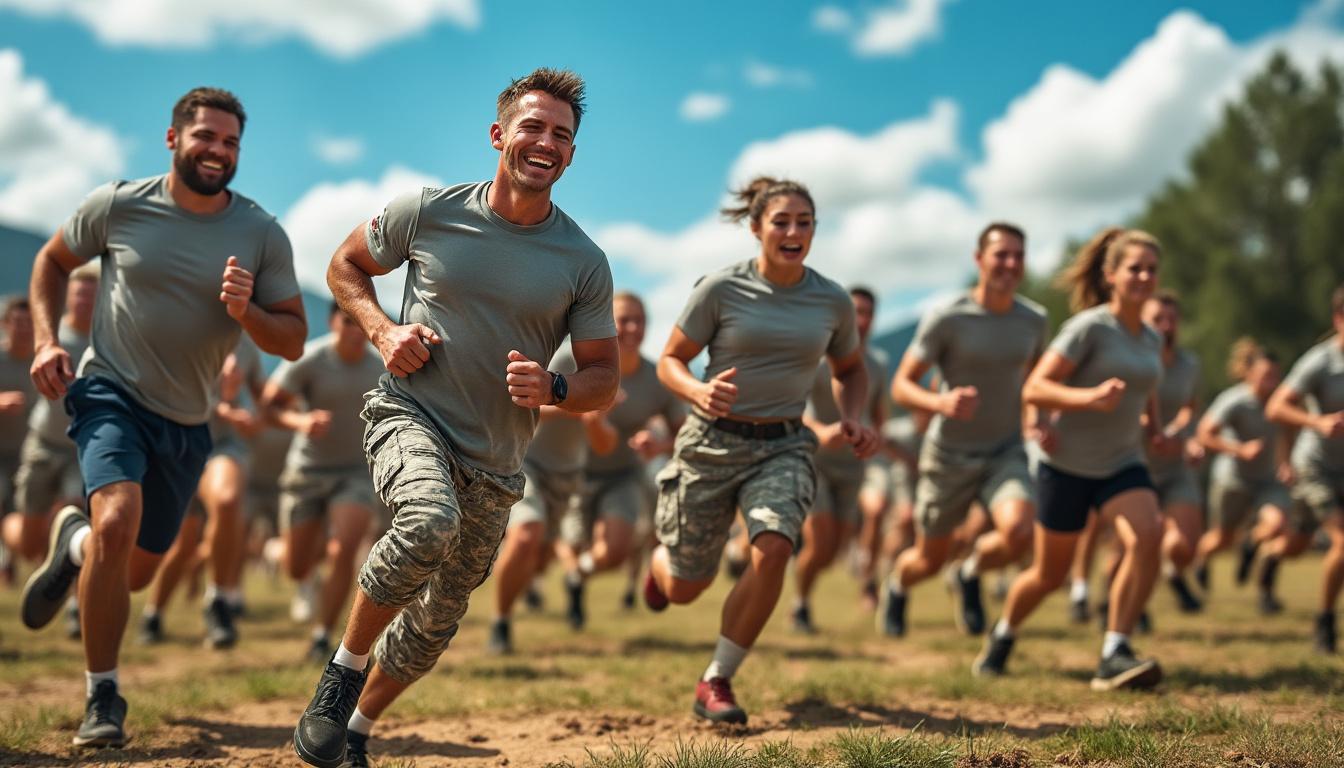A bold collaboration between political leadership and military communities has sparked a fresh wave of motivation around physical readiness. Hegseth and RFK Jr. joined service members and DoD civilians for a cross-branch fitness challenge that blended competition, teamwork, and practical resilience. Set against the backdrop of 2025 wellness priorities, this event was not just about tests of strength but about illustrating how leaders can model discipline, consistency, and a growth mindset for a broad audience. The challenge underscored a broader social movement toward making fitness a shared value—across federal offices, bases, and civilian neighborhoods—and highlighted the role of public figures in driving healthier routines into everyday life.
Hegseth and RFK Jr. catalyze a cross-sector fitness challenge with service members and DoD civilians
When two high-profile figures step into a gym floor with service members, the symbolism transcends mere competition. The initiative brought together personnel from multiple branches, plus Department of Defense civilians, to tackle a structured circuit designed to test endurance, coordination, and mental grit. The session emphasized core fitness competencies—pull-ups, push-ups, sprints, and dynamic mobility—while also weaving in teamwork drills that require trust, precise communication, and strategic pacing. The objective was dual: demonstrate that leadership accountability starts with personal discipline, and show that robust fitness can act as a unifying language across diverse communities. Leaders framed the event as a practical rehearsal for real-world demands—combat readiness, disaster response, and rapid decision-making under fatigue—where physical courage and clear thinking often go hand-in-hand.
- Participants spanned five military branches, plus civilian staff, illustrating an inclusive approach to readiness.
- The circuit blended strength, cardio, and functional movements to simulate mission-focused tasks rather than isolated exercises.
- Safety and proper progression were emphasized to minimize risk while maximizing learning and confidence.
- Leadership commentary focused on consistency, recovery, and the value of structured training cycles over sporadic efforts.
- Public engagement emphasized accountability and transparency, with visible cues about training principles that anyone can adopt at home or in a community gym.
- Media coverage highlighted the crossover potential: how civilian wellness efforts can support military resilience and vice versa.
- Brand partnerships and educational segments framed the event as a blueprint for sustainable fitness culture, not a one-off spectacle.
| Aspect | Details |
|---|---|
| Event scope | Cross-branch circuit training with DoD civilians |
| Key movements | Push-ups, pull-ups, sprints, planks, loaded carries |
| Educational angle | Principles of progression, safety, recovery, and consistency |
| Public impact | Encourages civilian participation in fitness programs tied to national wellness goals |
The event drew attention to how top-tier athletes and public officials can model daily fitness commitments. It wasn’t about celebrity theatrics; it was about translating a high-profile moment into practical, repeatable routines that people can perform with minimal equipment. The emphasis on scalable drills means a family in a suburban gym, a college athlete, or a professional weighing scales of responsibility can all find a rung on the ladder to better fitness. As part of ongoing coverage, readers can explore related stories at Fitness Warrior Nation, including pieces that contextualize fitness routines with leadership and community health strategies.
Related resources and deeper dives include brand-grounded training guides and wellness programs. For readers seeking real-world templates, look to expert articles and case studies that pair national leadership with grassroots fitness momentum. See how individual routines can mirror large-scale programs through practical steps and proven templates, with additional insights on gear and motivation from major brands in the field.
How the event translates into daily practice
The core takeaway is accessibility. A few practical habits can replicate the spirit of the challenge without requiring a stadium or a full gym. For example, a weekly rotation of push-pull circuits, mobility warm-ups, and short, high-intensity intervals can deliver meaningful gains. The structure below illustrates a starter template that aligns with the event’s emphasis on progression and safety:
- Warm-up (10 minutes): dynamic stretches, light jog, hip openers
- Strength block (20 minutes): 3 rounds of 8-12 reps each of push-ups, rows or inverted rows, goblet squats
- Cardio block (10 minutes): timed intervals—30 seconds work, 30 seconds rest, repeat
- Core block (5-7 minutes): planks, side planks, hollow holds
- Cool-down (5 minutes): light stretching and breathing work
As part of the broader wellness conversation, brands and community initiatives play a key role in providing accessible gear and motivation. The event’s momentum aligns with ongoing discussions about how to sustain engagement through technology, social support, and practical gear — from running shoes to wearable tech — while ensuring that safety and form remain paramount for long-term adherence.
Military wellness culture and civilian fitness ecosystems: lessons from the 2025 fitness challenge
Beyond the circuit, the partnership signals a shift toward wellness as a shared responsibility. The collaboration bridged military discipline with civilian fitness ethos, creating a blueprint for public-private collaborations that emphasize practical, repeatable routines. The aim is to normalize fitness conversations in workplaces, schools, and neighborhoods, making healthy habits a routine rather than an exception. In the context of 2025 wellness trends, this event sits at the intersection of resilience, mental health, and community engagement—recognizing that physical readiness supports psychological stamina and vice versa. The interplay between leadership, community, and practical programming is central to transforming isolated workouts into sustainable culture shifts.
- Resilience as a measurable value: trainees monitor fatigue, recovery, and readiness through simple metrics like sleep quality and rate of perceived exertion.
- Inclusive access: programs scale from one-on-one coaching to family-friendly sessions in parks and community centers.
- Community champions: local trainers and volunteer leaders help sustain momentum between big events.
- Technology-enabled motivation: wearables and apps track progress, offer feedback, and sustain accountability.
- Policy and program alignment: schools and employers embed short fitness modules into daily routines.
| Theme | Impact | Examples |
|---|---|---|
| Resilience metrics | Better readiness scores across cohorts | Sleep tracking, RPE scales |
| Access | Broader inclusion and equity in fitness | Community gym days, park workouts |
| Technology | Sustained motivation and accountability | Wearables, apps, social challenges |
The event’s narrative weaves together leadership responsibility with practical wellness routines. It also invites readers to engage with a broader ecosystem of fitness resources and communities actively shaping how people train, recover, and stay motivated. For readers seeking deeper dives into civilian fitness landscapes and the adoption of military-inspired routines in civilian life, consider exploring expert coverage and recommendations within Fitness Warrior Nation’s ongoing series. For gear and motivation insights, you can explore fitness gadgets and motivation and high-profile fitness challenges.
Brand partnerships and practical takeaways
Brand sponsorships surfaced as practical enablers, not mere logos. The presence of top athletic brands in gear and apparel sections helps participants access reliable equipment and motivation. For instance, practical footwear, moisture-wicking apparel, and performance hydration systems were highlighted as critical enablers of sustained effort during long sessions. See how modern brands map to training goals in the industry context below:
- Nike and Adidas shoes for stability, grip, and cushioning during varied drills
- Under Armour and Reebok for moisture management and durability in hot environments
- Oakley for eye protection during fast-paced outdoors activities
- Gatorade and Fitbit for hydration tracking and performance feedback
- Peloton and Garmin for data-driven home and field workouts
- Rogue Fitness for scalable strength equipment in multi-branch settings
Brand narratives increasingly emphasize practical performance, not just aesthetics. The event demonstrated how sponsorships can enable inclusive, scalable fitness programs that align with diverse participants’ needs, ages, and fitness levels. For readers exploring how to integrate similar gear into personal routines, consider checking out related guides and recommendations at fitness hotel workout rooms and gadgets and motivation.
Strategic guidelines for individuals seeking troop-ready routines at home
The fitness challenge offers a practical framework for individuals aiming to build discipline and physical readiness in civilian life. The core principle is simple: start with a realistic plan, progress gradually, and anchor workouts in safe, repeatable patterns. Below is a field-tested blueprint that mirrors the event’s philosophy and translates it into home-friendly steps that require minimal equipment.
- Establish a baseline: perform a simple walk/run test, max push-ups and max sit-ups to gauge initial fitness
- Design a 6-week progression: gradually increase reps, add light weights, and introduce mobility sessions
- Structure in micro-workouts: 20–30 minute sessions done 3–5 days a week, with one long session each week
- Prioritize recovery: sleep, hydration, and mobility work are non-negotiable
- Safety first: master form, avoid overextension, and listen to your body
- Community and accountability: find a workout buddy or join a local group
- Use wearables for feedback: track heart rate, sleep, and activity levels
Integrating the event’s ethos into daily life means recognizing that leadership can be lived out through consistent practice, not grand gestures. For additional inspiration and practical tips, explore articles detailing routine optimization, recovery strategies, and community-driven fitness programs linked from Fitness Warrior Nation, such as presidential fitness test return and Tua Tagovailoa fitness council.
Future outlook: fitness trends shaping 2025 and beyond for military and civilian communities
Looking ahead, the collaboration between political leadership, service members, and civilian staff signals a trend toward more integrated wellness ecosystems. The 2025 wellness conversation centers on accessibility, data-informed decisions, and community-driven programs that empower individuals to take charge of their health. The event showcased how leadership can catalyze broader participation by normalizing fitness routines across different life domains and by pairing routines with practical gear—ranging from wearables to strength equipment—so participants can track progress, measure outcomes, and maintain momentum. As industry watchers assess the impact, several patterns emerge that are likely to shape both military and civilian fitness landscapes in the near term.
- Public-private collaboration expands access to wellness resources in workplaces, schools, and community centers
- Wearable tech becomes integral to training programs, enabling real-time feedback and progressive overload
- Content-driven programs encourage ongoing participation through social accountability and challenges
- Brand partnerships emphasize durability, performance, and safety across training environments
- Military-inspired routines become mainstream, adapted for broad audiences and varied fitness levels
| Emerging Trend | Impact | Examples |
|---|---|---|
| Community-based programs | Higher participation and sustained fitness habits | Park workouts, workplace fitness challenges |
| Wearable-driven training | Personalized progression and safety | Heart-rate zones, recovery metrics |
| Public-private partnerships | Resource sharing and accessibility | Grants, sponsored community events |
For readers seeking a deeper dive into practical gear and routines that align with these trends, several resources exist: explore how big-name gear supports daily training, how to structure a home gym on a budget, and how to integrate movement into busy schedules. For ongoing insights, visit brand-backed guides and curated content such as Mayweather fitness challenges and Hemsworth fitness reductions in workforce studies.
Practical takeaways for 2025 and beyond
As the landscape evolves, a few actionable recommendations stand out for individuals and communities looking to mirror the 2025 fitness challenge’s spirit:
- Begin with a realistic plan that can adapt to changing schedules and environments
- Incorporate short, high-intensity intervals to maximize time efficiency
- Pair workouts with recovery strategies like mobility work and sleep optimization
- Leverage wearable data to inform progression and safety
- Engage with local groups or clubs to sustain motivation and accountability
Readers interested in how to build a long-term, balanced fitness routine can explore a variety of perspectives across Fitness Warrior Nation’s library, including city-next fitness hub and celebrity-regimen deep dives.
Frequently asked questions
- What was the objective of the Hegseth and RFK Jr. fitness challenge?
- The goal was to demonstrate practical resilience, teamwork, and leadership by engaging service members and DoD civilians in a structured, scalable fitness circuit while highlighting the value of consistent training and recovery.
- Which brands and gear featured prominently in the event?
- Top performance brands such as Nike, Adidas, Under Armour, Reebok, Oakley, Gatorade, Fitbit, Peloton, Garmin, and Rogue Fitness were highlighted as enablers of durable gear, training data, and hydration solutions that support sustained effort.
- How can civilians replicate a troop-style routine at home?
- Start with a baseline assessment, adopt a 6-week progression plan, incorporate short, intense intervals, emphasize mobility and recovery, and use wearable metrics to guide progression. Seek community groups or local gyms to sustain motivation.
- Where can I find more expert guidance and related programs?
- Explore Fitness Warrior Nation’s coverage on fitness gadgets, training programs, and leadership-driven wellness initiatives, including resources like the presidential fitness test return and training insights from public figures.


